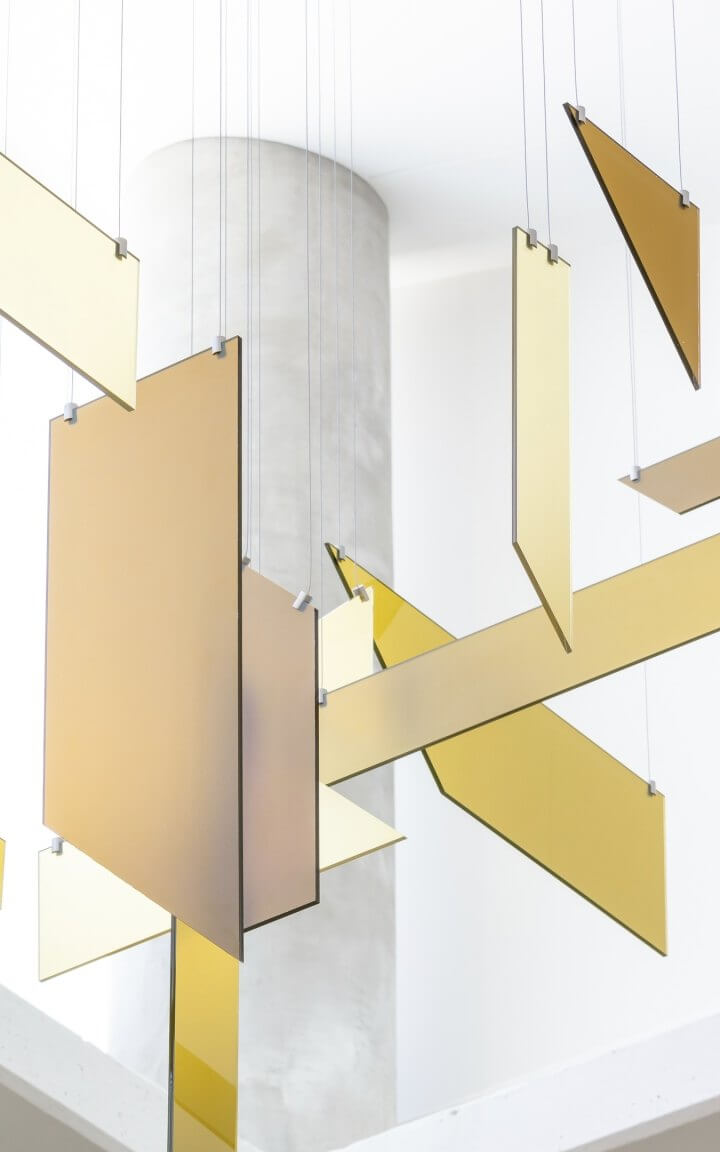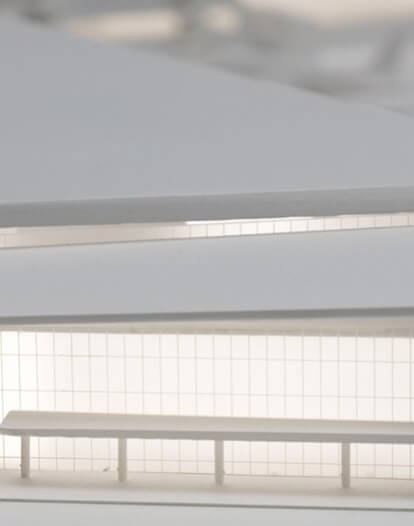Climate Toolkit: Embodied Carbon Edition
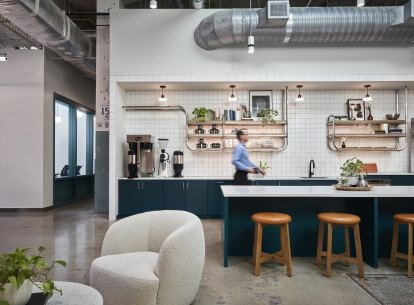
As we get better at reducing and eliminating carbon emissions from building operations, embodied carbon in construction material has really come into focus. Research indicates that embodied carbon – or the carbon emitted in the process of extracting and manufacturing materials and products used for and in buildings – will make up half of the emissions from the building industry by 2050. We should also note that growing emphasis on environmental, social, and corporate governance (ESG) in the corporate world and clear zero emissions targets are further driving the need to reduce embodied carbon in building materials and products. And, while embodied carbon has been a focus in our industry in recent times, we’ve primarily emphasized the need to address the environmental impact of core and shell elements including building structure and envelope components, such as concrete, steel, glass, and aluminum. The fact is that interiors are renovated relatively frequently – generally every 7 to 10 years versus the 50-year or more lifespan of the core and shell, these embodied emissions add up. Interior designers have an opportunity to drastically reduce carbon emissions by choosing materials, finishes, and furniture carefully; designing spaces that are flexible and timeless; and implementing tools to help make these decisions an integral part of their process.
At one of the 2023 Metropolis Climate Toolkit workshops in Chicago, I had the opportunity to join my peers from across the country to discuss, provide input, and eventually update the toolkit with an emphasis on process. This two-day workshop facilitated by the Editor-In-Chief of Metropolis, Avinash Rajagopal, collected input from a wide variety of industry stakeholders including architects and interior designers, product manufacturers and suppliers, materials management companies and construction managers to identify common themes and places for improvement. Each workshop participant brought their own experiences from within their firm to address. The toolkit covers all stages of the design process, from getting client buy-in to finalizing closeout documents. Sustainability is both an individual and collective effort – even if the project isn’t taking on a third-party certification path such as LEED® or Well Building certifications, designers can still make choices like sampling responsibly or sourcing materials that minimize embodied carbon and its environmental impact.
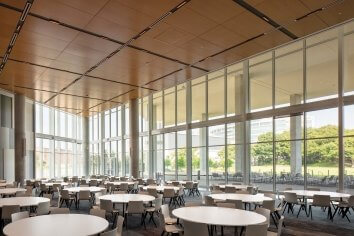
Start early
Successfully achieving sustainability in projects means starting early and thinking about both an integrated process and material selection criteria from the get-go. This could mean setting goals and clear targets with clients and the design team, establishing a “carbon budget” for the project, or sending out education materials about the beneficial byproducts – such as reducing operational costs – that sustainable practices can have.
Initiating early discussions with clients and other stakeholders will help to not only align sustainability goals, but also integrate these goals with the design process: When buildings and interiors are designed with people in mind and focus on healthy materials, they are better environments for their occupants. At the same time these spaces should also be designed for performance, supporting global environmental sustainability. While this has been said many times, it should be reiterated that sustainable design starts from the very seeds of the project – it isn’t an afterthought.
Simplify processes
We can also use rigorous tools and consistent processes to help make sustainable design simpler. While every project is unique, becoming familiar with product red flags, common carbon hotspots, learning the basics of embodied carbon terminology, and setting standards for sampling sustainably can make it easier to integrate green practices into your design process. Finding the hotspots – or categories that have the largest carbon footprints – can help designers prioritize their efforts and make the largest impact. By screening specifications with these hotspots in mind, firms and individuals can streamline the decision-making process. Organized materials libraries and central databases that also provide a product’s environmental and health impact information are all useful tools in making sustainable choices simpler and more accessible. These tools are especially helpful for fast-paced interiors projects that may have a design timeline of only a few weeks.
Find the Hotspots, Screen Products, Learn the Language of Carbon, Sample Responsibly
Think ahead (Circularity & Flexibility)
So much of sustainable design starts with thinking about the future. Not just in the way conversations about sustainability generally go - about future of the planet and the people who will live here after us, but also at a smaller scale. How may this building or space be used in the future? Can the space be easily reconfigured for a changing use? How will the context of the site change? How long will it take for the materials used to degrade? Will they go out of fashion before they are no longer functional? Being intentional about material selection with regard to embodied carbon, durability, recyclability, and aesthetics is one way that designers can directly reduce environmental impact of materials used in new projects and renovations. It’s also important to select simple, timeless materials that won’t be quickly dated or that can be refurbished for a second life.
Thinking ahead also means thinking about the cycle of tenant improvement (TI) project – creating a closeout package that inventories the materials used lets future occupants reuse materials where possible and recycle them appropriate if not. Future waste can be reduced by partnering with third party companies that reuse or repurpose furniture and materials that might otherwise end up in a landfill when the next tenant moves in or they are deemed out of style. There may also be an opportunity to donate furniture through similar organizations.
Design for the Next Life, Close Out Responsibly, Think Differently About Materials
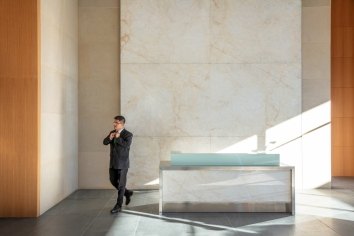
Be creative
Finally, it’s important to remember that sustainable design doesn’t need to mean taking away options or constraining creativity – as designers, we know that the most inspired solutions only emerge from the most complex problems. For example, reusing material or furniture that has a connection to the client or their history is sustainable while also creating a connection between the client and their new space. Using recycled materials can likewise create a space with more appreciation for the history and resources used.
It is also essential to remember that the first of the three Rs is reduce. The best way to keep embodied carbon out of our designs is to not use it in the first place. Designing with limits – using less new material, removing extraneous walls, selecting fewer colors and finishes, and focusing on furniture that is modular and reconfigurable – reduces embodied carbon and pushes designers to be more imaginative in creating engaging, impactful interiors.
The future of the toolkit
Reducing embodied carbon will continue to be a topic of discussion in the building industry, and the interior design world in particular has the opportunity to take small, consistent steps that add up to massive reductions in embodied carbon over the lifetime of a building that is renovated several times. Adapting the toolkit to be useful for teams working on the smaller scale, fast-paced projects that are common in interior design is a valuable next step for sustainability.




